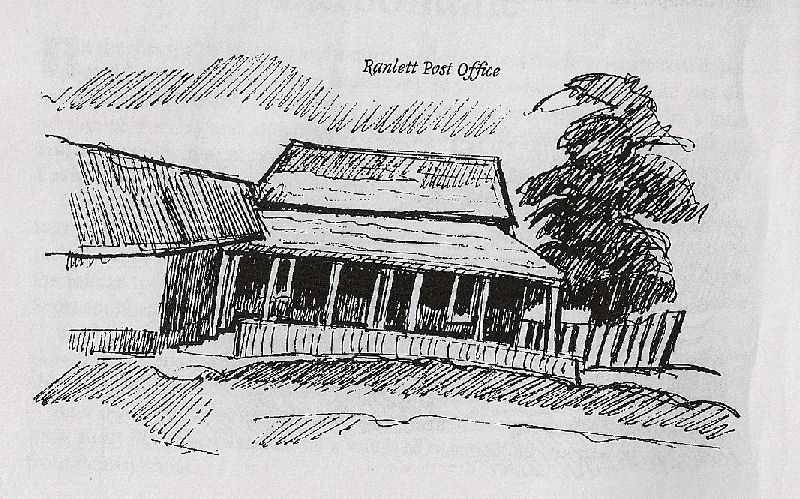





|
|
|
AMADOR CITY AREA TOURS
CEMETERIES |
|
AMADOR CITY LODGING |
|
|
Ranlett - (Newtown Copper Mine), Amador County | ||
|
A rare case in point a community based upon a mine possessing more lives ~ than a cat. If everything documented could be assembled and evaluated, it would probably show that copper mining in the Mother Lode, or for that matter in all of California, owes more to W.D. Newton than to any other person. The mine at Ranlett bears his name, and all data that can be located credits him with opening the original shaft at the time of the terrific demand pressed by the Civil War. | ||
The files of the Sacramento Bee of Civil War date make repeated references to shipments of copper concentrates from the Newton Mine to the water transportation at Stockton. Obviously, the material went by the only possible route at that time, Cape Horn to smelters on the East Coast. The output of Newton, Townerville, Copper Center, Muletown, Copper Hill, and others that did not get noticed by history appears to have been concentrated at some point on the road below Ranlett and hauled in the lumbering freight wagons to Captain Weber's embarcadero. |
|
|
|
The close of Civil War hostilities seems not to have generated enough fall in price to have resulted in suspension of the operations. Mason gives, in considerable detail, the processes used in producing the concentrates and remarks casually (dated 1881) that production had continued since the war. His assertion that the product was sent to Swansea (he apparently call only mean Swansea in Wales) must presuppose that the concentrates were high in metallic content and high enough in value to justify transportation that incredibe distance by sailing ship. |
|
Between the time that his monumental work was printed and the close of the century, a smelter of large proportions was built and operated at Ranlett. It could not have been in operation much more than fifteen years as it was closed in the very early years of the 20th Century. The depth of below-ground operations at any period was never in excess of 400 feet, worked from two shafts and laterally encompassing probably no more than a half-mile. Two or three of the masonry structures of the smelter are still in position and are easily visible from Highway 88. |
|
|
|
Ranlett owned the largest of the road sheds. There were at least five on the old freight road to Jackson, now Highway 88. These spanned the road high overhead. In their length, they were adequate shelter for the ten-mule teams, allowing the tired animals to rest and cool off in the shade while they slaked their thirst at water troughs placed end to end at one side. These were in front of business establishments. On the opposite side, a saloon provided paralleling solace to the knights of the jerk line. Of these, the greatest was Miller Station just west of Ranlett. It was a rambling, two-story, ba1conied wooden structure, enclosing an enormous barroom, restaurant, hotel facilities, and an outsize dance hall. In architecture it could be classified as cow country baroque. The outbuildings were a complex of stables, corrals, barns, granaries, and hay lofts. The old Ranlett Post Office, a frame building of generous dimensions, stood at the roadside until well into the 1950s. At its removal the post office sign, still in an excellent state of preservation, was taken to the museum at Jackson. It may be seen in the vehicle and transportation section. We said that Ranlett had more lives than a cat. In World War II the demand for copper caused the old shafts to be opened and worked. At the end of the conflict, it was closed again. |
||
|
Information, photographs courtesy of the Amador County Archives, The Historical Marker Database, and the Chronicling America Database CONTACT US
|
||


